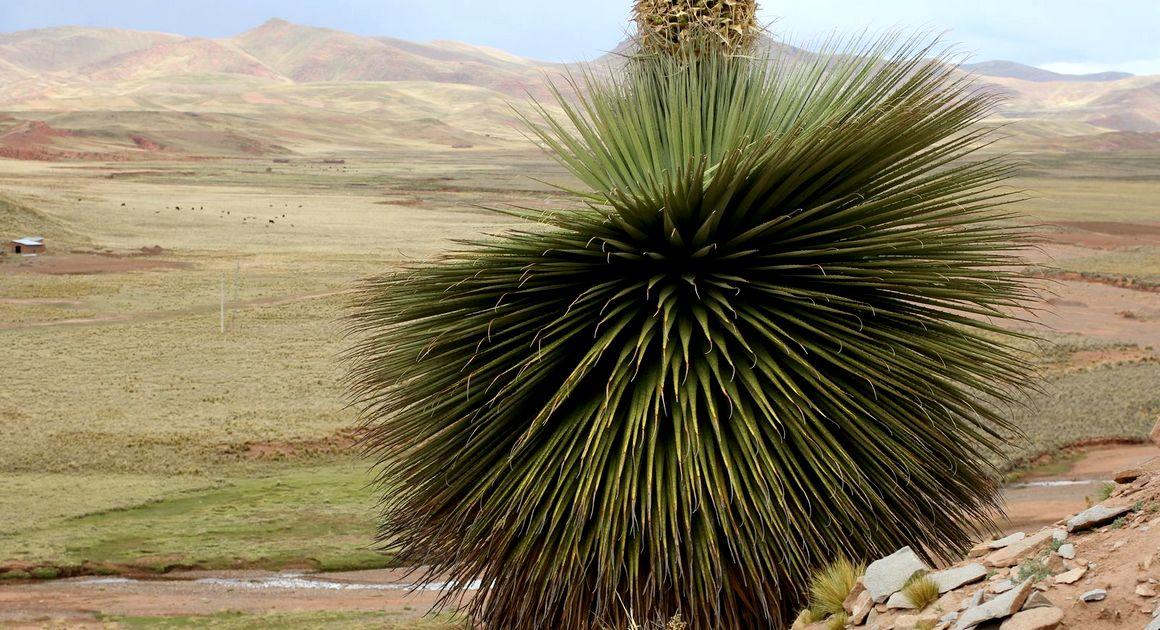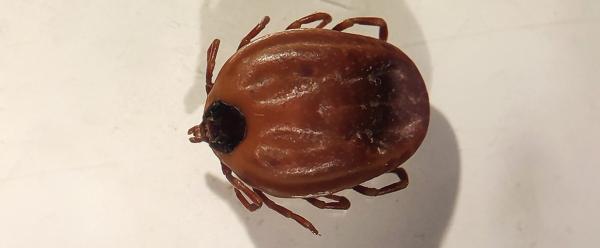Science at work 9 April 2024
- Home
- Press area
- Press releases
- Half of all plants have never been photographed in the wild
Half of all plants have never been photographed in the wild

Puya raimondii, or Queen of the Andes, is a threatened species that is on the IUCN Red List © P. Bonnet, CIRAD
From social media sites like Flickr and Pl@ntNet to community science sites like iNaturalist, through academic sites like Brazil’s Flora do Brasil project and the Field Museum’s Live Plant Photos gallery... with so many botanical paparazzi stalking the world’s forests and cities and backyards, it seems safe to assume that by now the Earth’s flora has been photographed many times over.
Not so, according to Pierre Bonnet, a CIRAD researcher who co-wrote the study published in Nature Plants: "There are photos of tens of thousands of plant species out there online. This is already remarkable, and demonstrates the efforts made to this end. However, for several tens of thousands of other species, there is not one single photo. The only way of identifying the species concerned, which are the least known and often the most threatened, is through text descriptions and specimens in digitized herbaria, which is a huge obstacle to conservation efforts".
The study suggests that most of the plants that have not been photographed yet grow in tropical plant communities. For example, Brazil harbours more plants than any other country – almost 35 000 – but some 15 000 of those have not yet been photographed.
And there’s another problem. The authors also discovered that no single website they surveyed contained photographs of most plant species, not even Google or the world’s Global Biodiversity Information Facility (GBIF), which hold contributions from the world's leading plant biodiversity conservation players.
For the Field Museum's Nigel Pitman, the issue is a pressing one: "This isn’t just tidying up. We’re in the middle of a global extinction crisis, and we can’t protect endangered plants if we don’t know what they look like. We need to organize plant photos into a global online gallery where it’s easy to find them”.
As Pierre Bonnet says, "sharing expertise and data is vital in order to speed up characterization of how biodiversity is distributed on a large scale. Current moves to digitize natural history collections, through initiatives such as iDigBio or e-ReColNat, are a big step forward, but they need to be backed up with in situ observations, to determine the full visual gradient of species on the ground".
Approaches relying on participation, social media and mobile digital devices are making rapid progress, and could help tackle the challenge of illustrating all the world's plant species within a few years.
This study focused on the plants of the Western Hemisphere: North America (which has the best-photographed flora), South America, Central America, and the Caribbean (which has the least-photographed flora). The 31 authors are based in institutions across three continents: the Americas (United States, Brazil, Ecuador, Argentina and Peru), Europe (France, UK and Switzerland), and Australia. This is an important first step towards pinpointing weaknesses in this field and making recommendations to allow rapid progress on the issue.
Pierre Bonnet and the Pl@ntnet platform will be at the IUCN World Conservation Congress in Marseilles, starting on 4 September
Reference
Nigel C. A. Pitman, Tomomi Suwa, Carmen Ulloa Ulloa, James Miller, James Solomon, Juliana Philipp, Corine F. Vriesendorp, Abigail Derby Lewis, Sinem Perk, Pierre Bonnet, Alexis Joly, Mathias W. Tobler, Jason H. Best, John P. Janovec, Kevin C. Nixon, Barbara M. Thiers, Melissa Tulig, Edward E. Gilbert, Rafaela Campostrini Forzza, Geraldo Zimbrão, Fabiana Luiza Ranzato Filardi, Robert Turner, Fernando O. Zuloaga, Manuel J. Belgrano, Christian A. Zanotti, Jurriaan M. de Vos, Eduardo L. Hettwer Giehl, C. E. Timothy Paine, Rubens Texeira de Queiroz, Katya Romoleroux & Everton Hilo de Souza. 2021. Identifying gaps in the photographic record of the vascular plant flora of the Americas. Nature Plants. https://doi.org/10.1038/s41477-021-00974-2


























